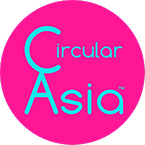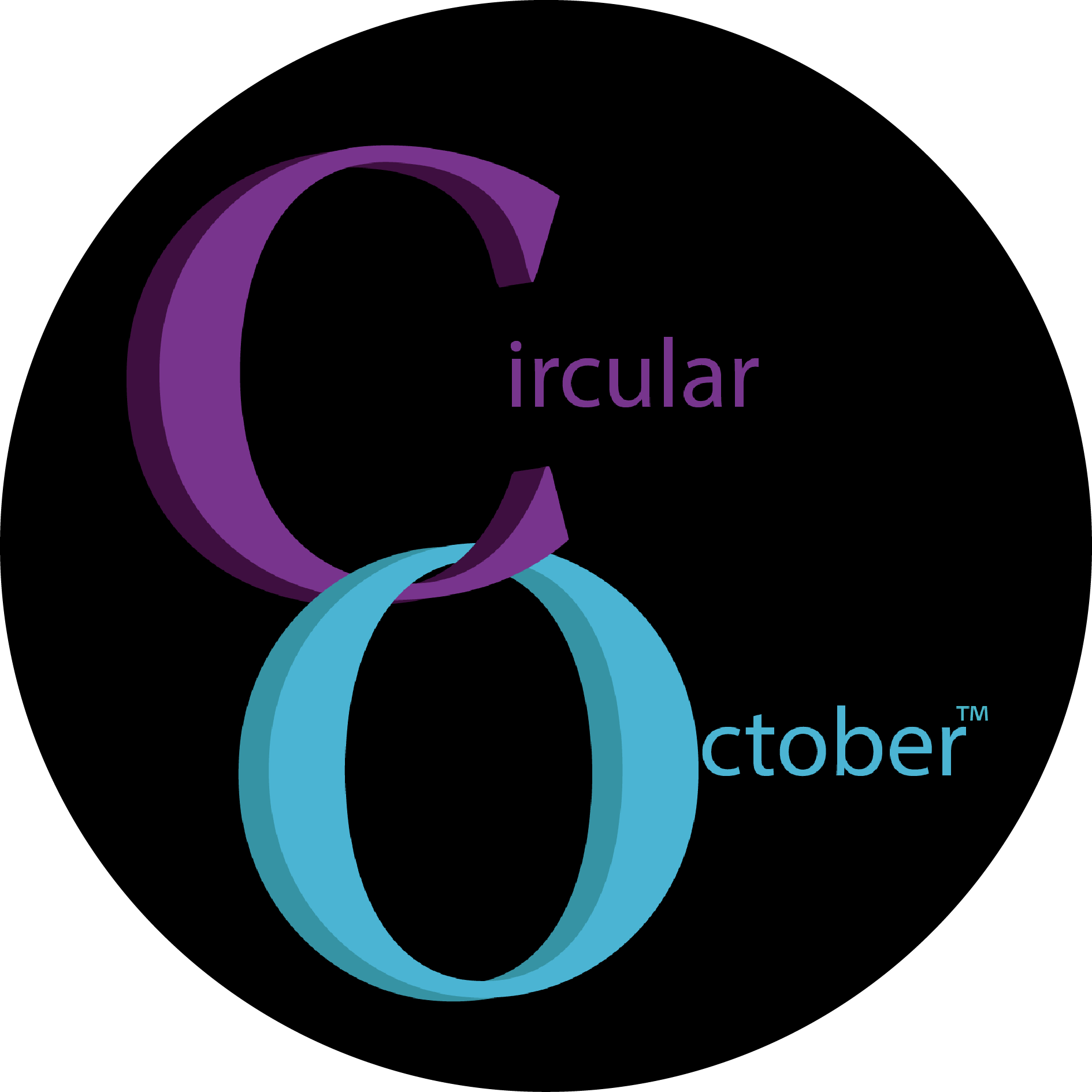
#CircularOctober - A celebration of all things circular
What is Circular October? It is a celebration of all things circular. Why October? As funky as it sounds, October seemed a natural choice simply because its first letter is a circle. In 2017, Circular October was born, and it started with five themes over 31 days, one Fact Sheet for each day of the month.
This October, our theme is Circular Innovation Eco-Systems with five themes: (1) Narrowing the Loop; (2) Slowing the Loop; (3) Closing the Loop; (4) Regeneration; and (5) Inform.
Circular Innovation Eco-Systems
Circular Innovation Eco-Systems is the brainchild of three researchers – Jan Konietzko, Nancy Bocken and Erik Jan Hultink, who wrote a paper, A Tool to Analyze, Ideate and Develop Circular Innovation Ecosystems, with the five themes and is the third course in the Essential Skills Program (the third course is not yet uploaded). Circular Economy Asia was inspired by their approach, turned it into an online course and greatly expanded the type and scope of the case studies.
01
Narrowing the Loop: Narrowing refers to using fewer products, components, materials, and energy during design, production, delivery, use, and recovery.
02
Slowing the Loop: Slowing refers to using products, components, and materials for a longer period. A product principle for slowing is ‘design for physical durability’.
03
Closing the Loop: Closing refers to a business activity that brings post-consumer waste back into the economic cycle.
04
Regenerating: Regenerating refers to a business activity that manages and sustains natural ecosystem services, uses nontoxic materials, and is powered by renewable energy.
05
Inform: Informing refers to using information technology as a support strategy for the circular economy.
Day 1: Narrowing the Loop Design products with materials that require less land, energy, water and resources. | Day 2: Slowing the Loop Design products for durability than comparable products on the market. | Day 3: Closing the Loop Design secondary raw materials sourced from end-of-use-cycle products. | Day 4: Regenerate Design products that can charge themselves with renewable energy. | Day 5: Inform Developing a new material requires data about the structure and properties of materials. |
Day 6: Narrowing the Loop Design products that are lighter than comparable products on the market. | Day 7: Slowing the Loop Design products that users will love and trust over a long period of time. | Day 8: Closing the Loop Design for recycling that can turn end-of-use-cycle materials into new materials. | Day 9: Regenerate Design products with renewable and low-carbon materials. | Day 10: Inform Implement IoT to enable circular businesses. |
Day 11: Narrowing the Loop Design products with multiple functions. | Day 12: Slowing the Loop Design products that can be easily maintained or repaired. | Day 13: Closing the Loop Design for recycling that can turn end-of-use-cycle materials into new products. | Day 14: Regenerate Avoid using toxic materials and substances in any of your products or operations. | Day 15: Inform Use AI to design more circular products and services. |
Day 16: Narrowing the Loop Incentivise consumers to use less energy or material and generate less waste. | Day 17: Slowing the Loop Design products that can be easily dis-assembled and re-assembled. | Day 18: Closing the Loop Create new value from end-of-use-cycle components and materials. | Day 19: Regenerate Powering the use of your products with renewable energy. | Day 20: Inform Innovating resource use to decrease resource intensity and use. |
Day 21 - Narrowing the Loop Eco-design of transportation. | Day 22 - Slowing the Loop Upgrading products in a PaaS system. | Day 23 - Closing the Loop Claims - Reverse logistics in product returns. | Day 24 - Regenerate Regenerate through high impact development programs | Day 25 - Inform Tracking the condition of products with sensors & IoT for the Circular Rs. |
Day 26 - Narrowing the Loop Maximise the use of a product - sharing economy. | Day 27 - Slow Create product parts that fit other products, components or interfaces. | 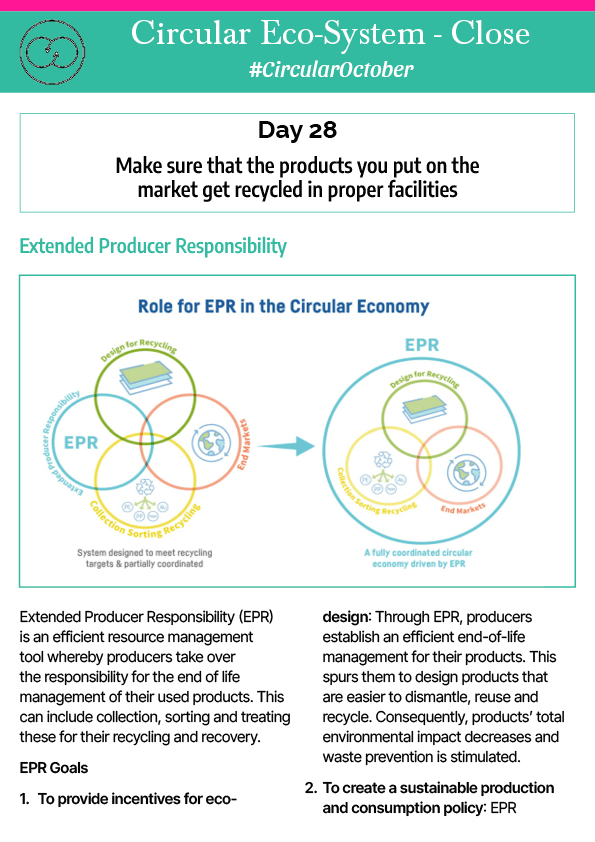 Day 28 - Closing the Loop Ensuring your products in the market are recycled in proper facilities. | 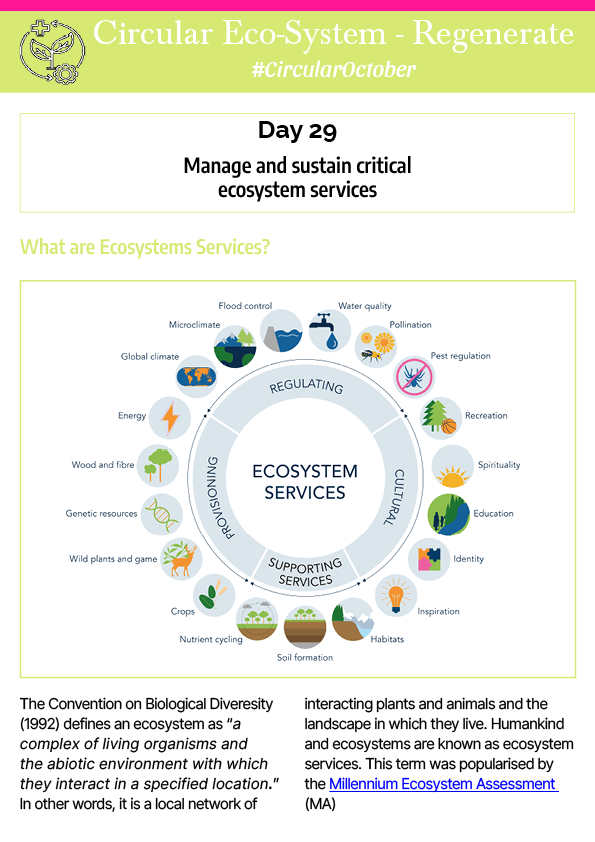 Day 29 - Regenerate Manage and sustain critical ecosystem services. | 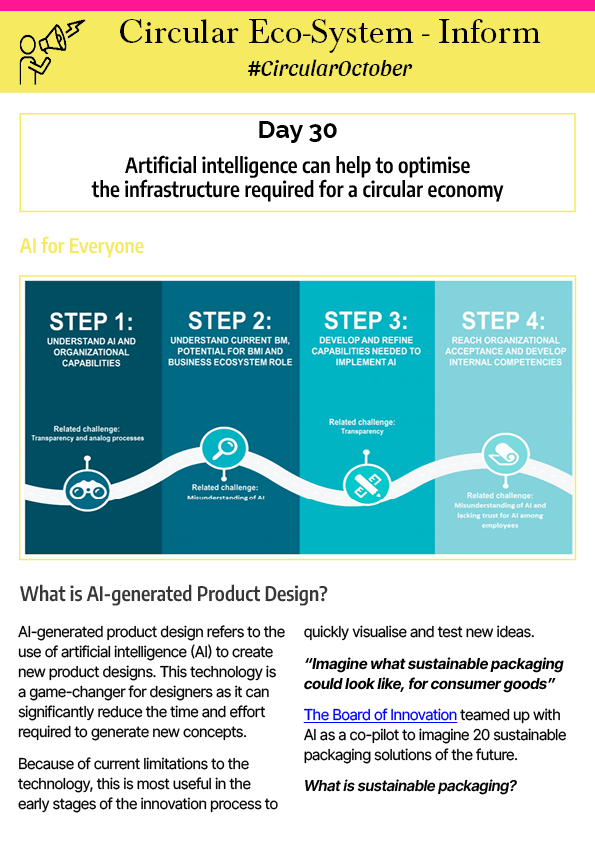 Day 30 - Inform AI to optimise the infrastructure required for a circular economy. |
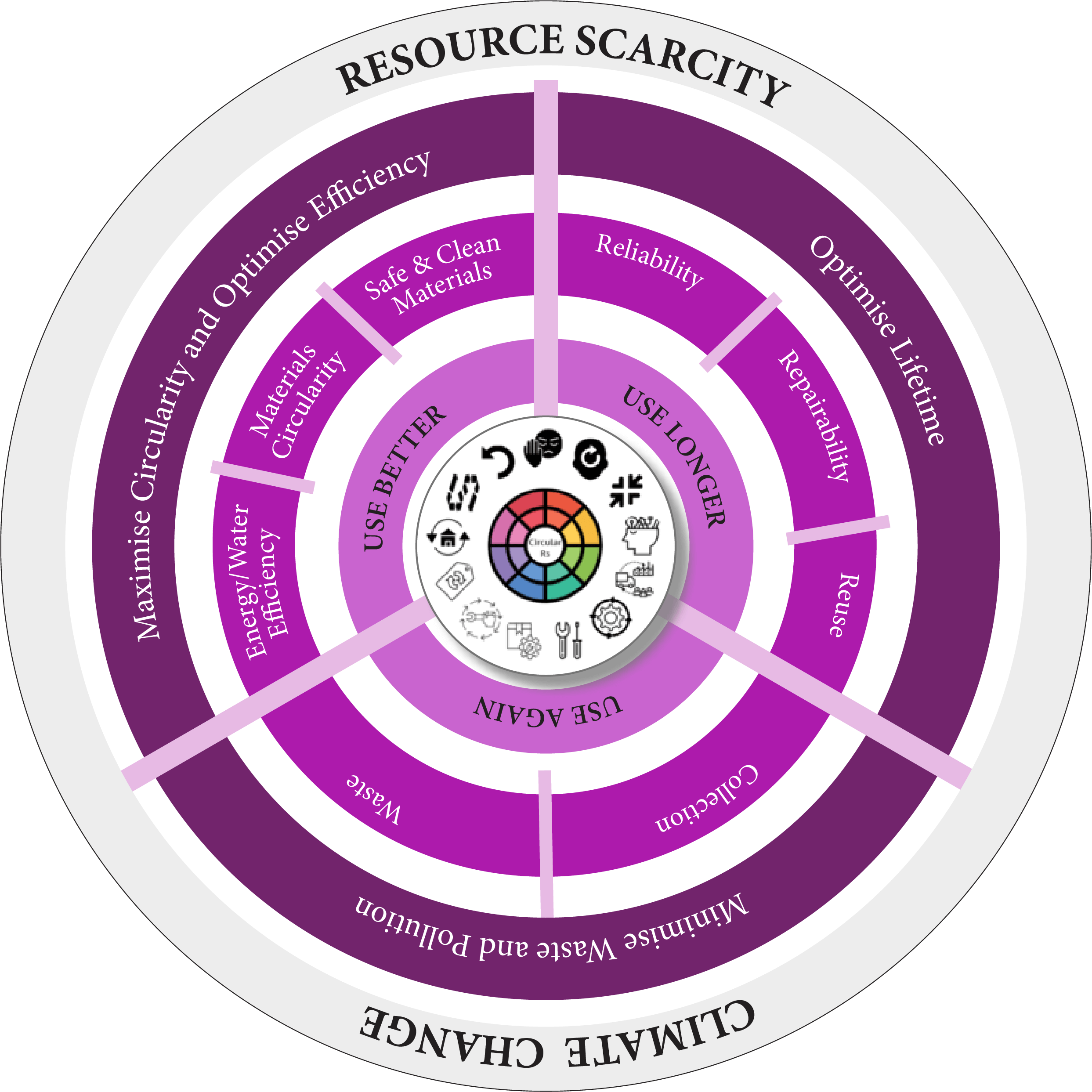
Just Launched – Free Skills Training
Skills Training for the
Circular Economy
01
Skills Training, The Essential Skills™ Program, Circular Resources™ Skills Training, and The Nine Steps Towards a Circular Business™
02
The primary focus of the circular economy is to better manage our finite resources, the natural capital of many countries.
03
The Nine Steps is a series of tools to enable the circular economy. Each Step provides the guidelines specific to a company’s requirements.
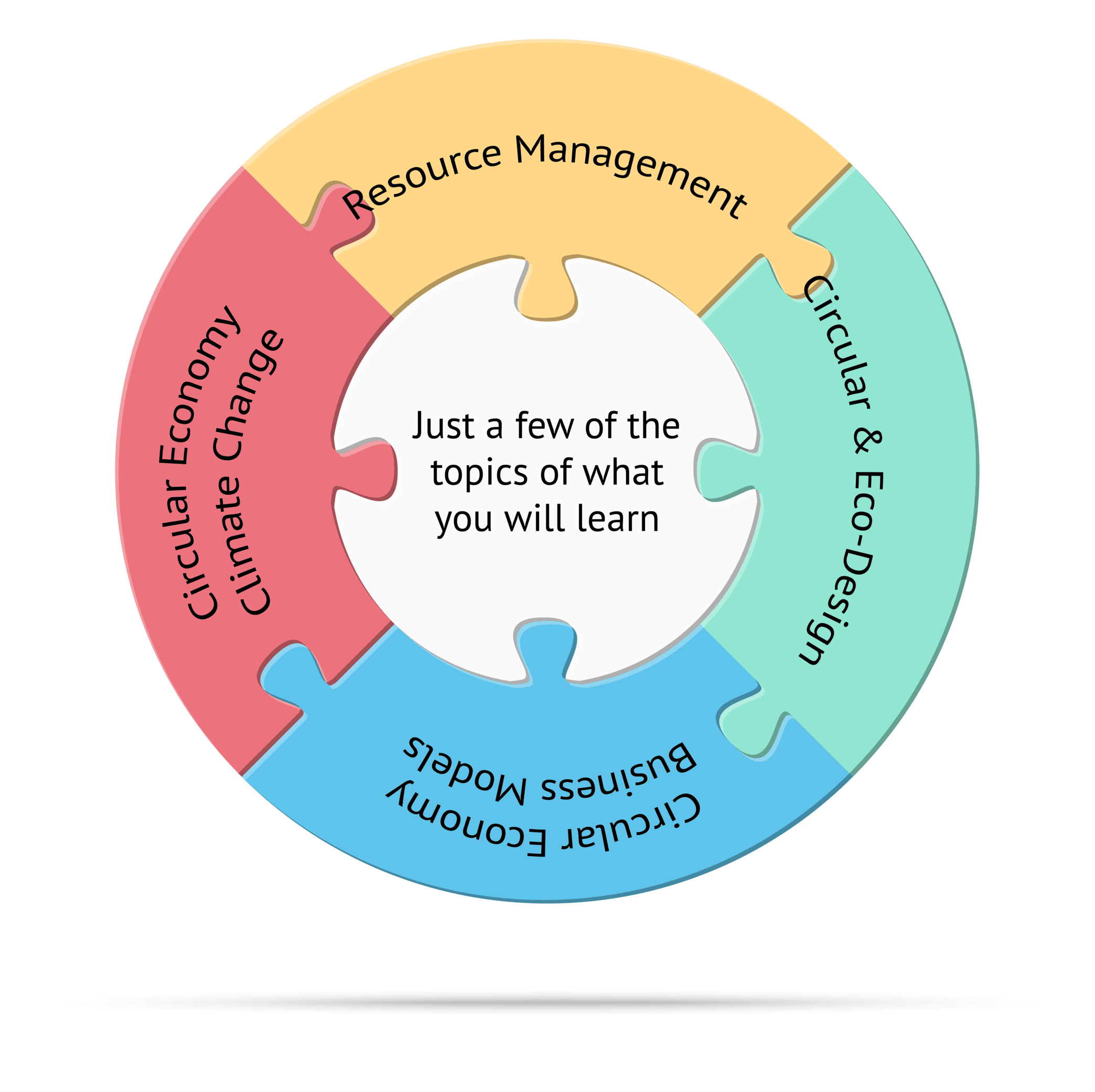
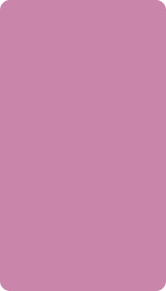

Is This Course For You?
The Circular Economy Foundation Course targets two types of learners.
Learners looking for a practical approach to the circular economy – The course provides all the working tools that make up the system known as the circular economy.
Companies interested in implementing the circular economy – Although companies and individuals will need to be selective as to which tools apply to their requirements, learners require a wholistic understanding to take full advantage of the potential of the circular economy.
The Circular Economy Foundation Course provides learners with all they need to know to embrace the circular economy. The course also strives to develop essential skills for individuals and companies as we head towards a sustainable and circular world. There is a strong focus on embedding processes within companies to collect data and information that supports their circular initiatives.
Learners then jump straight into the Circular Rs, the building blocks of the circular economy. The next stage is to understand the past with a lens on the future. The rest of the course moves into resource management, materials, closed & open-loop systems, design and business models.
01
What is the Circular Economy?
The circular economy is an economic system that focuses on the efficient management of resources.
02
Resources and Materials
The efficient use of resources is critical if we are to live within the limits of our planetary boundaries.
03
Circular Design Principles
Circular Design redesigns products to prolong life, minimise waste and potential loss of technical (man-made) materials.
The Circular Rs &
resource management
Check out our latest infographic – how our natural resources are the source of almost everything we buy and use.
Learn about the Circular Rs – download the infographic or visit the Circular Rs page.
